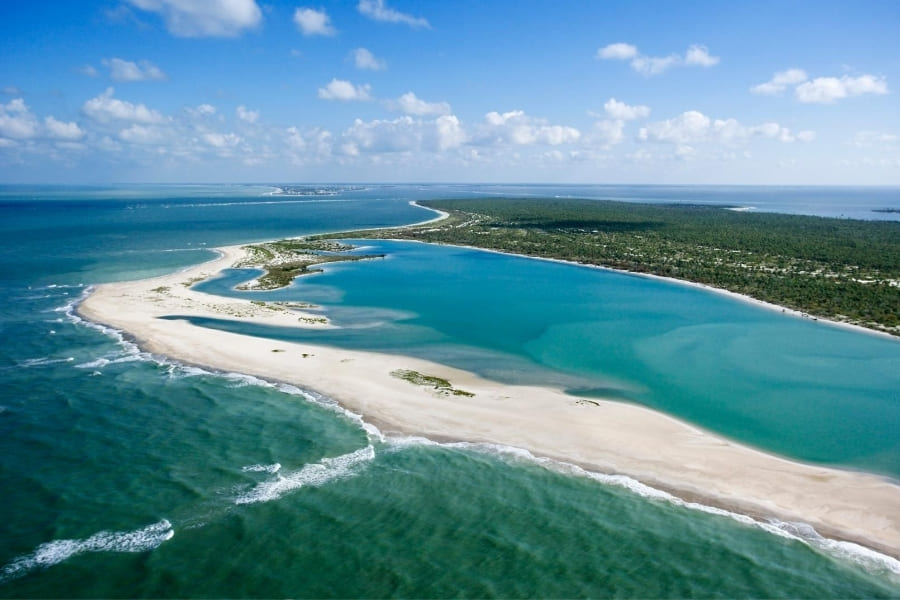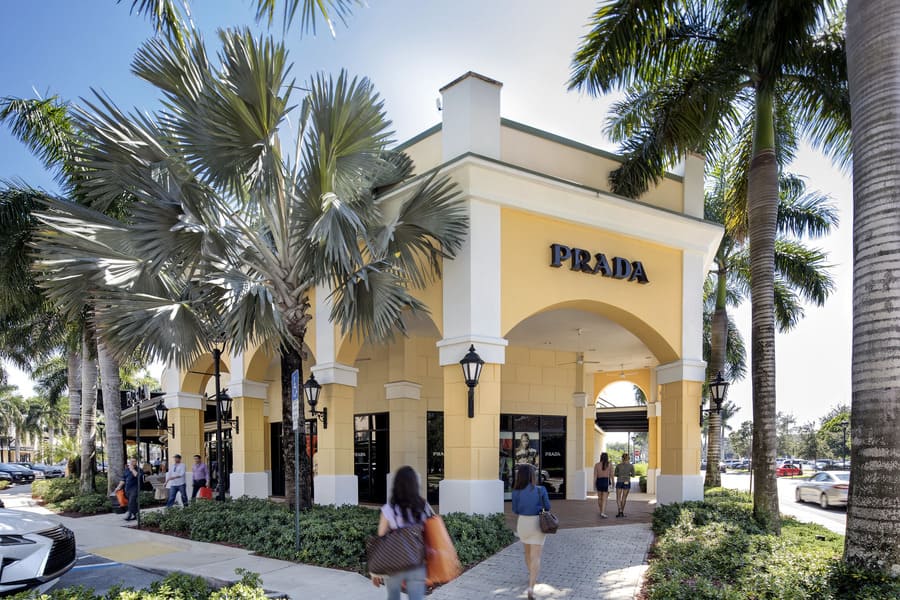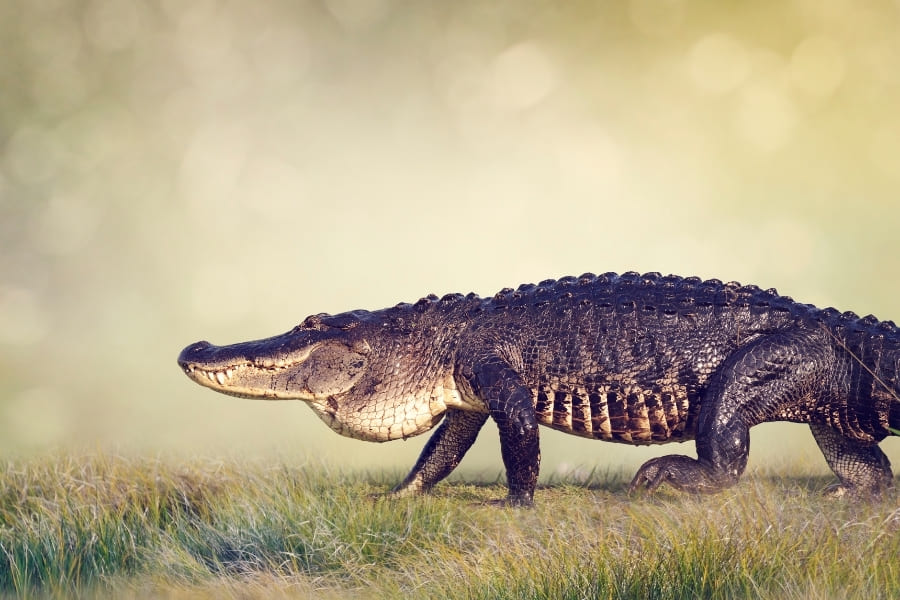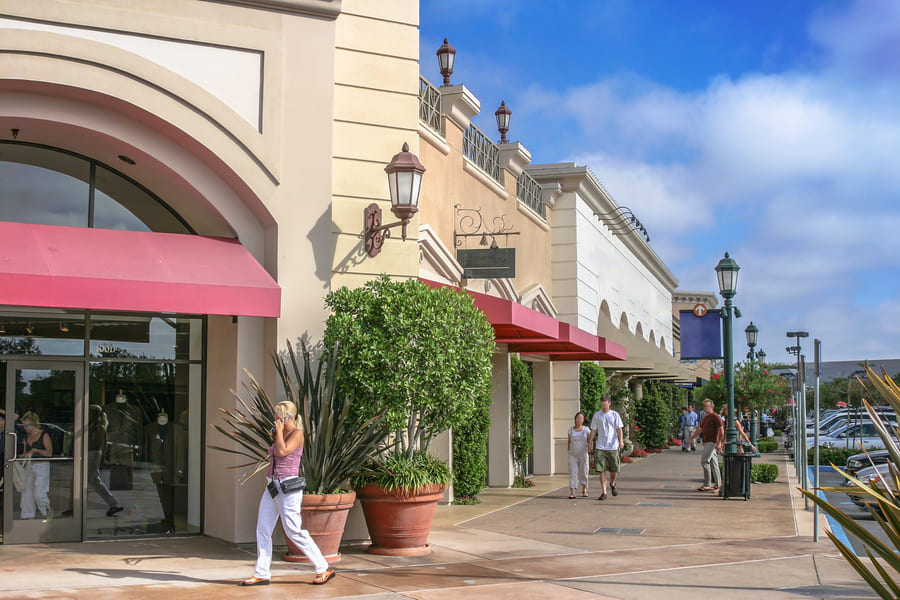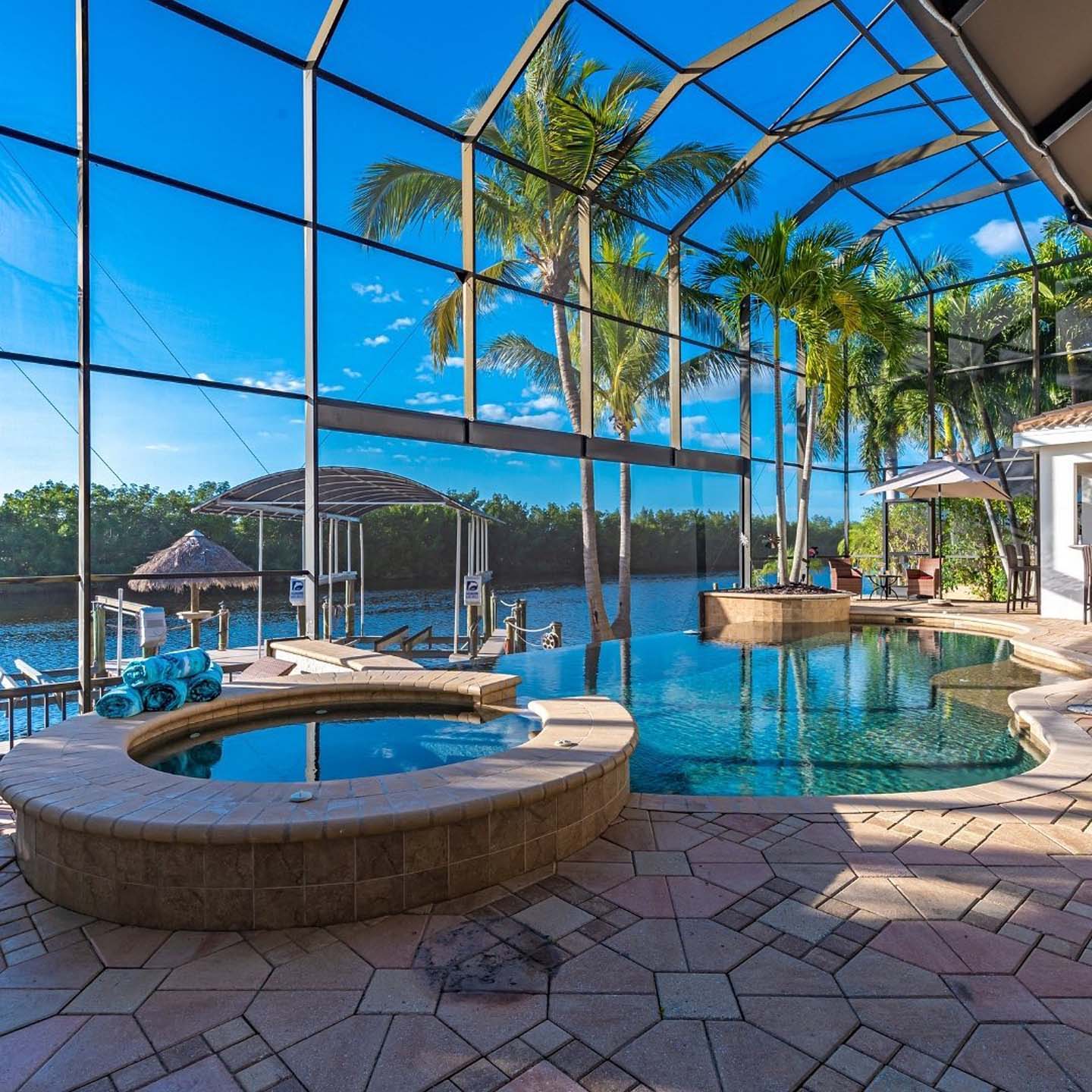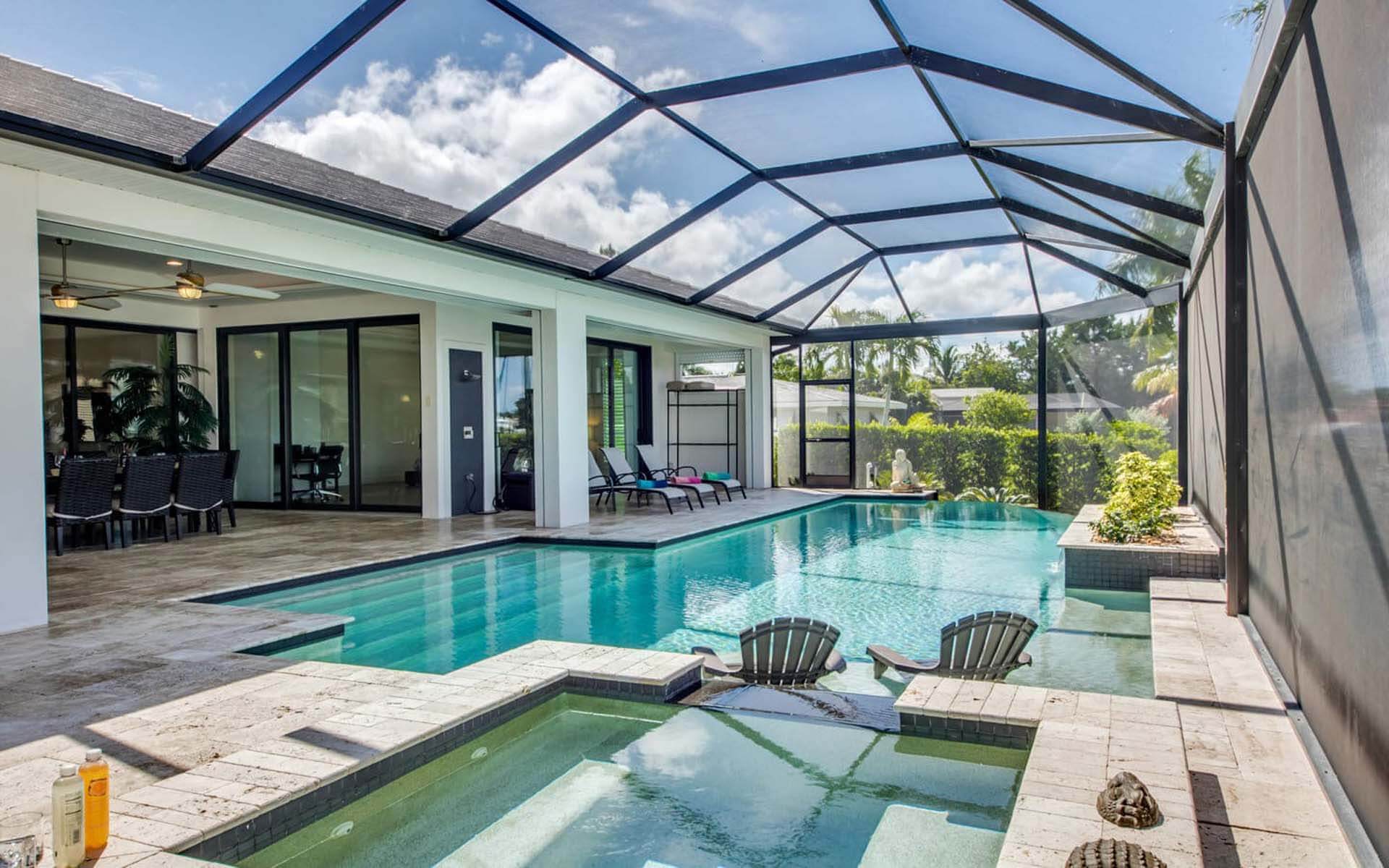Have you ever wanted to feel like Robinson Crusoe – stranded in a secluded paradise with pristine beaches and turquoise waters? This dream becomes a reality at Cayo Costa State Park. On the idyllic island near Cape Coral, you can go swimming, sunbathing, fishing and hiking – or even better: go off-line for a few days and pitch your tent under the starry sky.
In this article, we will tell you what makes Cayo Costa State Park so special and how to get the most out of your trip. In addition to information on transport, accommodation options and the best travel time, we will also present the most worth-while activities in this island paradise.
Cayo Costa State Park – important Facts
From different modes of transport to the flora and fauna – here are the most important facts about Cayo Costa State Park:
Location
The 2,400-acre state park is located on Cayo Costa: an island in Florida’s Lee County, nestled between Pine Island to the east, Boca Grande to the north, and North Captiva Island to the south. The next big city, Cape Coral, is about 6 miles away.
History
Over the centuries, many of Florida’s islands have experienced a significant population growth – not so Cayo Costa. Apart from the state park facilities and a few vacation homes, there are no buildings here.
Up until the 18th century, Cayo Costa was inhabited by the indigenous Calusa tribe. The Calusa were later followed by Cuban fishermen, most of which perished in the hurricane of 1910. The last fishing families left Cayo Costa in 1958. Today, 95 % of the island belong to the state of Florida and make up the protected Cayo Costa State Park.
Transportation
Due to its secluded location, there is only one viable way to reach Cayo Costa State Park: boats. If you only want to stay on the island for a few hours, you can anchor right on the beach; for longer stays, however, we recommend the Bayside Docks featuring 10 boat slips and sanitary facilities.
Here, right next to the Ranger Station, the Cayo Costa Ferry docks – an ideal transport option for visitors who do not own a boat. Ferries depart from North Captiva Island, Bokeelia and Punta Gorda. Reserving your ticket in advance is recommended.
Of course, you can also access the island by kayak. Measuring 4.7 miles, the route from Pine Island is significantly longer than its counterpart between Cayo Costa and Boca Grande – but easier to navigate due to more moderate currents.
Opening Hours
Cayo Costa State Park is open every day from 8 am to sunset. However, you can stay longer if you have reserved a campsite or cabin. The Ranger Station also opens at 8 am and closes at 4 pm.
Entrance Fee
Visitors to Cayo Costa State Park have to pay an entrance fee of 2 USD per person. You can simply put the money into an honor box near the Ranger Station.
Climate
As in the rest of South Florida, Cayo Costa´s climate is characterized by alternating dry and rainy seasons.
Pleasant average temperatures of 20–25 degrees Celsius and low precipitation await you in winter and spring – the most popular travel time.
In summer, temperatures rise; rainfall and humidity increases, and the hurricane season lasts from May to November. The risk of tropical storms is particularly high between mid-August and the end of October. In addition, swarms of mosquitoes make summer holidays on Cayo Costa somewhat of an ordeal.
Plants
Despite its small size, Cayo Costa State Park features a wide variety of plants: Coniferous and deciduous forests and grassy prairies dominate the interior, while palm trees are found on the coast. In addition to sea oats, this part of Cayo Costa is also home to a Caribbean species: sea grapes, a traditional source of jam and wine. Where land and sea converge, there are mangroves – vital plants that provide shelter for an abundance of fish species.
Animals
Thanks to its secluded location and natural vegetation, Cayo Costa is a refuge for animals: Common species include waterbirds such as herons, ibises, pelicans and majestic frigate birds. Snowy egrets populate the coastal regions, and in the treetops, bald eagles like to build their nests.
The island is also known for its aquatic species: Off the coast, you are likely to see porpoises and playful dolphins, while Cayo Costa´s eastern lagoons attract alligators and manatees.
In addition, four species of sea turtles lay their eggs on Cayo Costa’s beaches. The island is one of Florida’s most important breeding grounds and in the summer months, conservationists mark the nests with tape. Despite the protection efforts, not all baby turtles make it into the water: For Cayo Costa’s crabs, raccoons and foxes, these animals are a rich source of food.
Cayo Costa State Park – Things to do
Whether on water or on land – Cayo Costa State Park offers a wide variety of things to do:
Beaches
Almost 9 miles of sandy beach, far away from hotels and large crowds – sounds too good to be true?
On the west coast of Cayo Costa, you will find such a beach. Here, you can bury your toes in the sand, splash around in the warm water and enjoy the coastal landscape. Shelling is another popular pastime here. If you do not feel like walking to the beach, you can take a shuttle that leaves the ranger station every hour.
Kayaking
Do you want to see Cayo Costa´s beach in its full splendor, access the best fishing grounds or explore the eastern mangrove coast? Then, kayaks are your ideal option. A particularly worthwhile spot is the “Manatee Hole”: As the name suggests, this lagoon offers good chances of seeing Florida’s iconic manatees. Or how about a longer paddling trip? In this case, you should kayak for 2 miles along the eastern coast, visit Cabbage Key and treat yourself to a meal at the island´s famous restaurant.
Kayaks for one or two people can be rented at the Ranger Station.
Snorkeling
Even though Cayo Costa is not considered Florida’s best snorkeling spot — visibility is often clouded and there is no coral reef — you are well-advised to bring your snorkel and mask. Then, you cannot only dive for colorful shells; with a bit of luck, you might also see large schools of fish. The best time for snorkeling is the dry season, and a particularly worthwhile spot lies off the northeastern coast near the island´s old quarantine station.
Fishing
Whether you prefer snooks, redfish, mackerel or silvery tarpons – If you want to make the catch of your lifetime, Cayo Costa´s protected waters are perfect for you. Thanks to its large size, you can easily find a quiet place to cast your rod at the beach. Boca Grande Pass is known for its goliath groupers, and off the east coast, you will find an abundance of mangrove snappers and flounders.
Hiking and Cycling
When you are done frolicking at the beach, you should also visit Cayo Costa´s interior. Here, you will find 6 miles of hiking trails meandering through coniferous and deciduous forests – a perfect place to spot bald eagles in the treetops. In addition, one path leads to the old cemetery in the north, where the Cuban settlers of Cayo Costa are buried.
Visitors who want to explore the island by bike can rent one at the Ranger Station.
Cayo Costa State Park – Accommodation
At Cayo Costa State Park, you can choose from two accommodation options:
If you want to be as close to nature as possible, camping is perfect for you: Situated 1 mile west of the Bayside Docks are 30 campsites with sanitary facilities and picnic areas. There is no electricity or Wi-Fi, but the mobile phone coverage is fine, and you can charge your smartphone at the Ranger Station.
Are you looking for a more comfortable place to stay? Then, you should book one of the 12 wooden cabins, which are equipped with bunk beds and tables.
Reservations for campsites and cabins can be made by calling 1-800-326-3521.
FAQ – Frequently Asked Questions
How do I get to Cayo Costa State Park?
The cheapest way to get to Cayo Costa State Park is by ferry from Bokeelia. Alternatively, take the ferry from Punta Gorda or North Captiva Island. Of course, you can also travel with your own boat.
Where can I dock my boat in Cayo Costa State Park?
You can either moor directly on the beach or at the eastern Bayside Docks next to the Ranger Station. There are 10 boat slips available.
Can I drive to Cayo Costa State Park?
No. Unlike in the Florida Keys, there are no roads leading to Cayo Costa. Therefore, you can only access the island by boat or helicopter.
Are there alligators at Cayo Costa State Park?
Alligators mainly populate the mangrove-covered lagoons in the east of Cayo Costa. Off the coast, however, these animals are rarely found, as they prefer fresh water.


